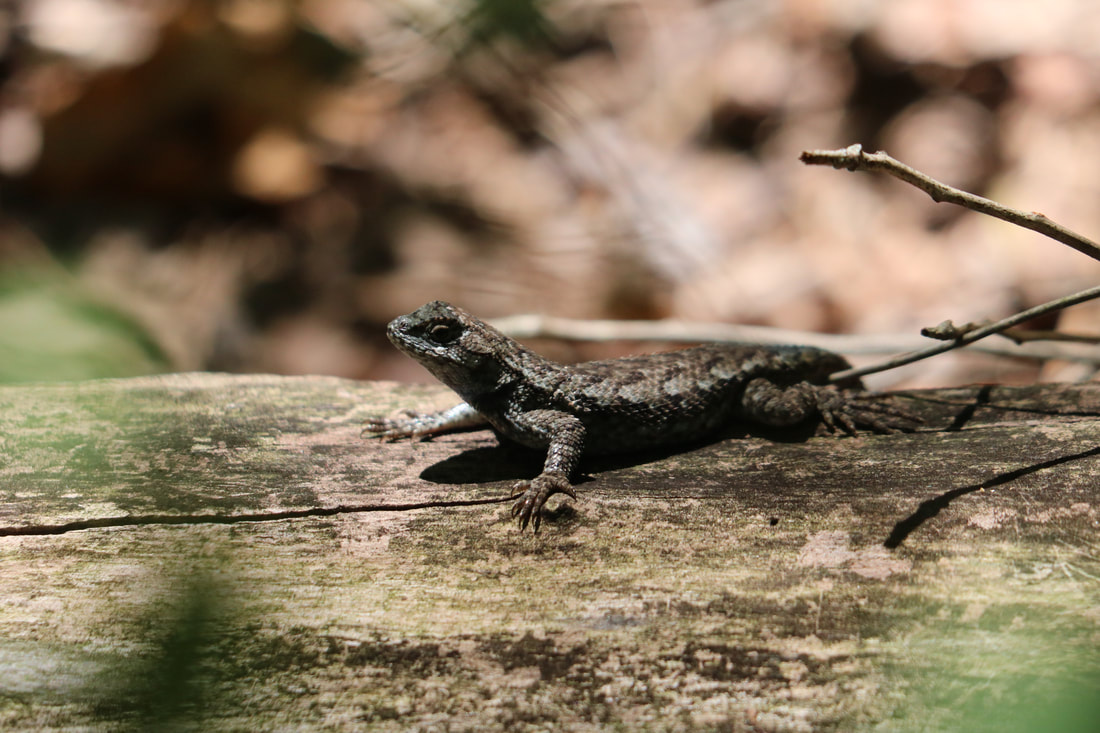On December 21 of last year I joined the Tennessee Wild Meetup for Sandhill Crane viewing at the refuge. Fog shrouded the landscape and enfolded us. It cut visibility of distant parts of the refuge, but we saw cranes on both the near and far side of a small bay. Sounds enveloped us as they can on foggy days. The rattling call of cranes greeted our ears as flock upon flock flew across our field of vision. Many circled and landed as we watched. An immature Bald Eagle flew over as well.
We saw one Whooping Crane, cloud white against the gray Sandhill Cranes, and representing a species back from the edge of that abyss called extinction.
The rare Whooping Cranes called to mind a rarer species I once viewed on Cape Cod. I boarded a whale watch boat in hopes of viewing the antics of Humpback Whales. That hope was not realized, but I was lucky to see three Northern Right Whales. A pair of adults swam side by side, as a calf acrobatically rose out of the water and energetically waved its tail flukes and flippers.
With only three hundred Northern Right Whales remaining, the three I saw comprised one percent of the world wide population. They became rare because they were easily hunted and easily retrieved. Whalers called them “the right whale to kill.”
Overhunting may have contributed to the demise of the Whooping Crane as well. Despite their rarity and protected status, Whooping Cranes were shot in Georgia and Texas the previous year.
The Sandhill Cranes we witnessed this day were once considered a rarity as well. Sandhill Cranes were rare enough in Aldo Leopold’s day that he was certain they would soon be extinct. His essay, “Marshland Elegy,” was his farewell to the cranes. Only careful management brought them back to the large and growing population that graces our wetlands and skies today. I hope we can see such success with the Whooping Crane and the Northern Right Whale.

 RSS Feed
RSS Feed